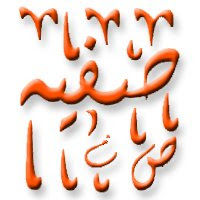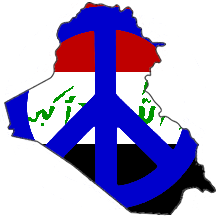 Jewish women light candles at a shrine inside the Ghriba synagogue in Djerba, Tunisia, the oldest synagogue in North Africa.
Jewish women light candles at a shrine inside the Ghriba synagogue in Djerba, Tunisia, the oldest synagogue in North Africa.Article Linked with Permission of JTA - The Global News Service of the Jewish People
By Larry Luxner
Published: 01/16/2008
LE KEF, Tunisia (JTA) -- A man on a donkey shuffles by, collecting trash in the midday heat. Merchants hawk their wares in French and Arabic from stalls lining the cobblestone streets. In this a sun-drenched city of 120,000, where Jews are about as common as snowflakes, the local synagogue has become a tourist attraction.
The last Jew left in 1984," said Salem Zenan, caretaker of the synagogue known simply as the Ghribet el-Yahud -- sanctuary of the Jews. "But when I was little, we lived with Jewish people. I'm happy that visitors still come here."
Zenan, 54, says about a dozen tourists stop by the synagogue every day. A glance at the official guest book reveals entries from the United States, Europe, Lebanon and even Libya.
The Le Kef synagogue, among the most isolated in North Africa, is one of several across Tunisia that is enjoying a renaissance of sorts with official support from President Zine al-Abidine Ben Ali.
Read the rest of the article at:
http://www.jta.org/cgi-bin/iowa/news/article/200801161113tunisiafeature.html





























3 comments:
Really fascinating :) Thank you, dear Sister :)
Ya Haqq!
assalamualikum.
600 yr old torah.Amazing!
safia.
Yes, very ancient!
According to Wikipedia, production and usage of a Torah scroll:
Manuscript Torah scrolls are still used, and still scribed, for ritual purposes (i.e. religious services); this is called a Sefer Torah ("Book [of] Torah"). They are written using a painstakingly careful methodology by highly qualified scribes. This has resulted in modern copies of the text that are unchanged from millennia old copies. The reason for such care is it is believed that every word, or marking, has divine meaning, and that not one part may be inadvertently changed lest it lead to error. The text of the Torah can also be found in books, which are mass-printed in the usual way for individual use, often containing both the Hebrew text and a translation in the language of publication.
Printed versions of the Torah in normal book form (codex) are known as a Chumash (plural Chumashim) ("[Book of] Five or Fifths"). They are treated as respected texts, but not anywhere near the level of sacredness accorded a Sefer Torah, which is often a major possession of a Jewish community. A chumash contains the Torah and other writings, usually organized for liturgical use, and sometimes accompanied by some of the main classic commentaries on individual verses and word choices, for the benefit of the reader.
Torah scrolls are stored in the holiest part of the synagogue in the Ark known as the "Holy Ark" (אֲרוֹן הקֹדשׁ aron hakodesh in Hebrew.) Aron in Hebrew means 'cupboard' or 'closet' and Kodesh is derived from 'Kadosh', or 'holy'.
But alas, Allah (swt) tells us that the Torah HAS been changed. I have copies of Torah and various Jewish texts where the Hebrew is on one side of the page and the English on the other. This is supposed to maintain the integrity of the original Hebrew texts.
But Allah (swt) tells us this is not so.
Post a Comment